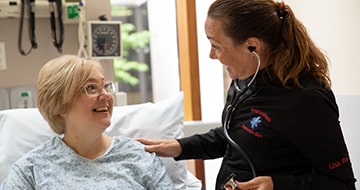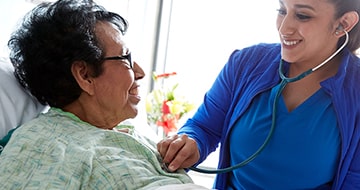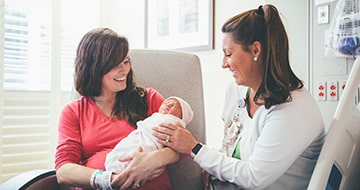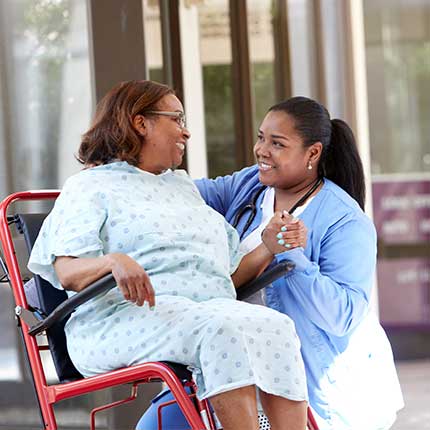Services
Sign Up for Health Tips
Learn about upcoming events and health topics such as weight, pain, heart and more.
Conditions, Treatments, and More
Men's Health
Men’s Health Services at MetroWest Medical Center provide care for men of all ages, and health services range from...
Back Pain
Our doctors use advanced technology to diagnose and treat back pain, whether it’s caused by an injury or illness.
Inpatient Mental Health Unit
Our inpatient mental health unit provides valuable behavioral health care for adults.
Intensive Outpatient Program
We provide a unique program designed for patients transitioning out of our inpatient mental health unit.
Mammogram
Get advanced breast care, treatment and screenings from breast specialists at MetroWest Medical Center.






